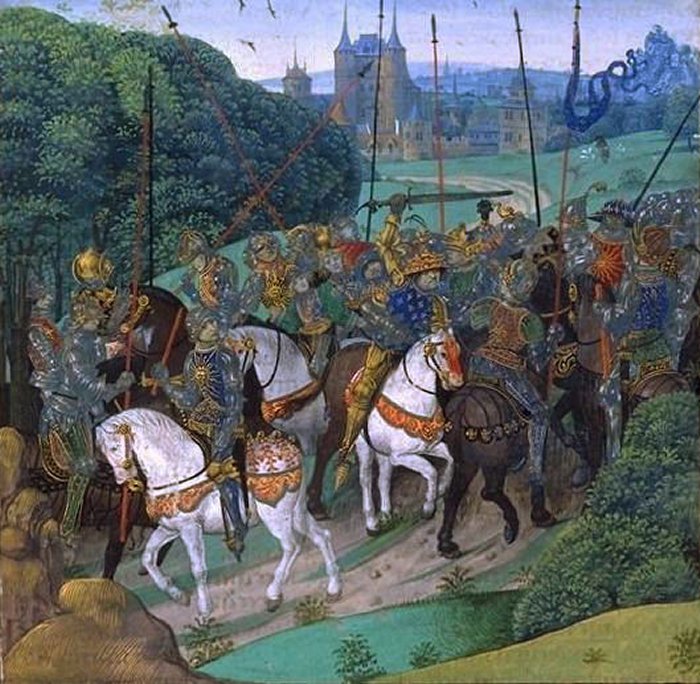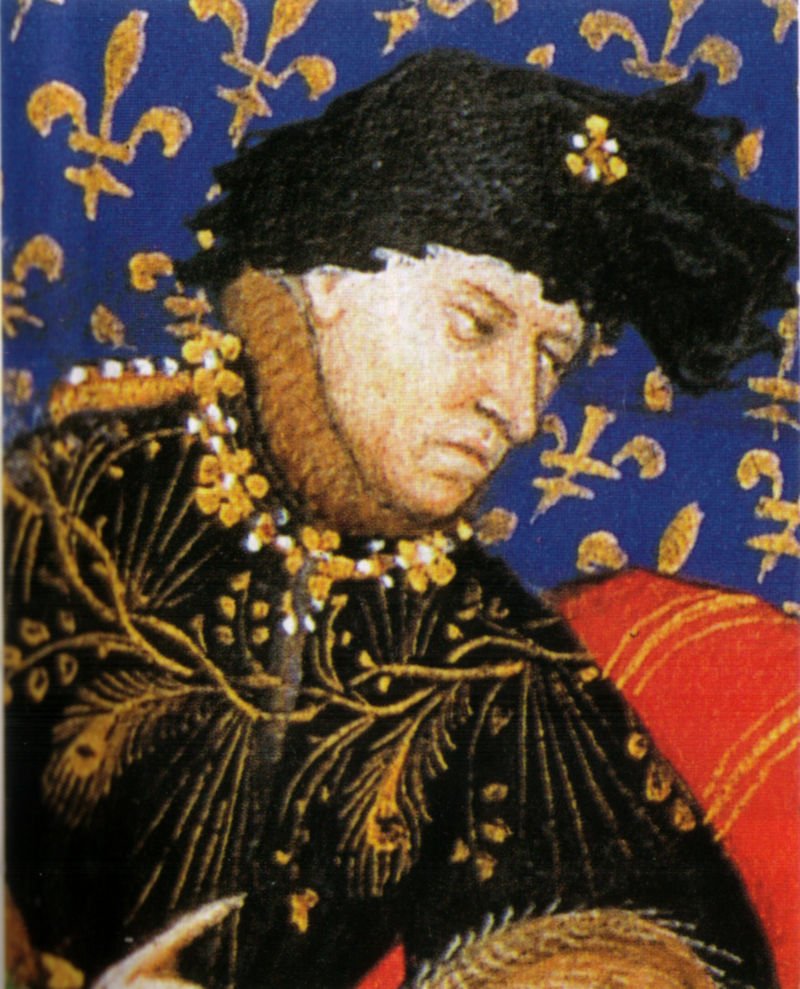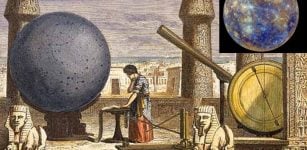Charles VI Of France – The King Who Was Made Of Glass
MessageToEagle.com – Over the course of history we have seen and heard about a great number of insane rulers. Some have been bloodthirsty tyrants, while others had the craziest ideas one can come up with. King Charles VI of France can easily be added to the list of insane rulers. He actually believed that he was made of glass! He suffered from “the glass delusion”, a psychiatric disorder recorded in the late Middle Ages. King Charles VI did not allow others to touch him and wore protective clothing to prevent himself from “shattering.”
Who was King Charles VI of France?
Charles VI, nicknamed “Charles the Mad,” was king of France from 1380 to 1422. It was a period marked by political chaos and France’s defeat by England at Agincourt.
He was born on December 3, 1368, in Paris, France and inherited the crown in 1380, at age 11. He took full control of the throne in 1388 and served as a king until 1422.
King Charles VI suffered from madness all his life
There are a number of reasons why King Charles VI was insane. For one thing, madness ran in the king’s bloodline as a sad outcome of intermarriage between relatives as European kingdoms paired up their children to gain rights to each other’s territories. England and France claimed each others’ land in the Hundred Years’ War because their royal lines were intertwined. All of Europe’s others rulers were related as well, resulting in genetic defects and hereditary diseases on numerous thrones. Psychiatric disorders were common among the rulers.

Through an arrangement made by Philip, Charles, King Charles VI married Isabeau of Bavaria as a young man. The marriage was a disaster. She did not speak French and he had no understanding of German.
At the same time, his mental state began to break down due to the stresses of his position. Charles VI was given to extreme paranoia throughout his life. Paranoia might be reasonable for someone in his position since some historians theorize that he suffered from schizophrenia.
The first documented case of the king’s madness
In 1392, amidst peace negotiations with England, Charles VI was hunting when he developed a fever and began having convulsions.

This was the clearly visible case of the king’s madness and it was by a string of 44 attacks, which would become exceedingly violent, often leading to the murder of those in Charles’s proximity. These attacks would occur for the rest of Charles’s life, each lasting for months at a time, with months-long periods of sanity interspersed.
King Charles VI and his “glass delusion”
The most well-known case of his insanity involved bouts with “the glass delusion.” As a result he refused to allow others to touch him and wore protective clothing to prevent himself from “shattering.” To maintain a perfectly serene environment he required all the windows in his palace to remain shut and that anyone who approached him do so on tip-toe. Despite these maladies, he was not a cruel tyrant. On the contrary, King Charles VI was popular and was never removed as a king. The high point of reign was in the last decade of the 14th century, in which he dismissed his uncles and reinstated his father’s advisers, bringing political and economic stability to the kingdom.

known as the Master of Boucicaut (1412).
Nevertheless, political power was taken from him when it became clear that he could not effectively make decisions or concentrate for long periods of time. His uncles and brother often made decisions in his stead during his dark periods.
See also:
Legendary Harald ‘Bluetooth’ King of Denmark – ‘Who Made The Danes Christian’
Mysterious History Of Qin Shi Huang – First Emperor Of China
The death of King Charles VI
Charles VI died in Paris on October 21, 1422, less than two months after the death of England’s Henry V. The infant son of Henry and Catherine was proclaimed king of France and England, but a son of Charles VI took the title of king of France as Charles VII.
Copyright © MessageToEagle.com. All rights reserved. This material may not be published, broadcast, rewritten or redistributed in whole or part without the express written permission of MessageToEagle.com
References:










